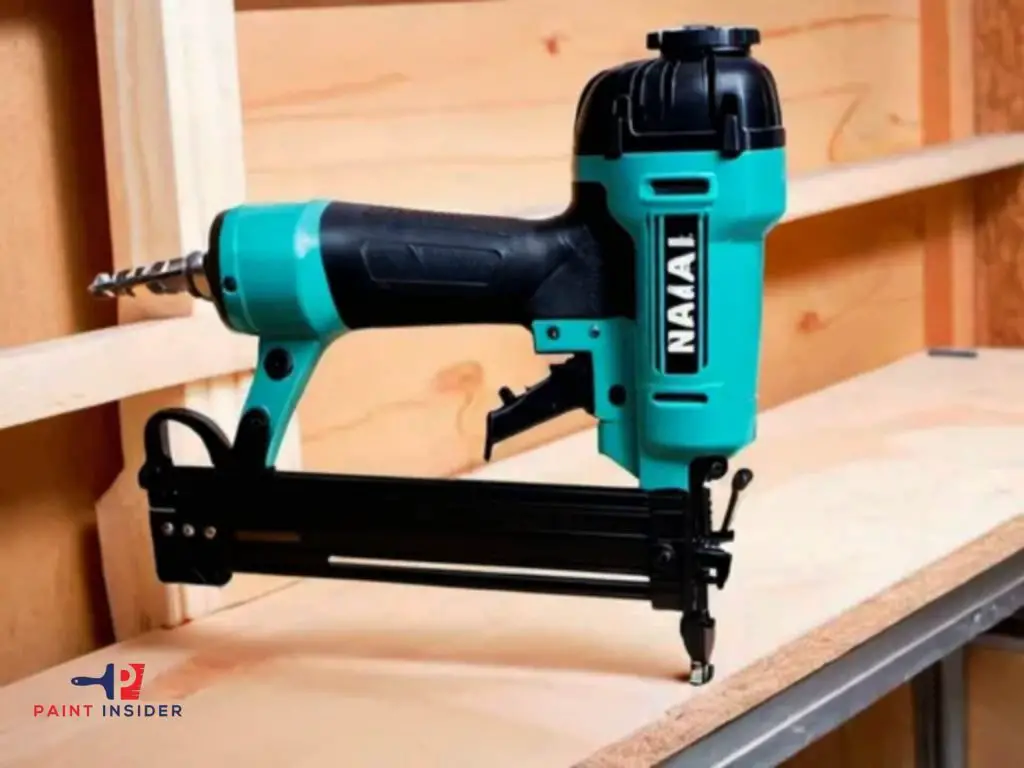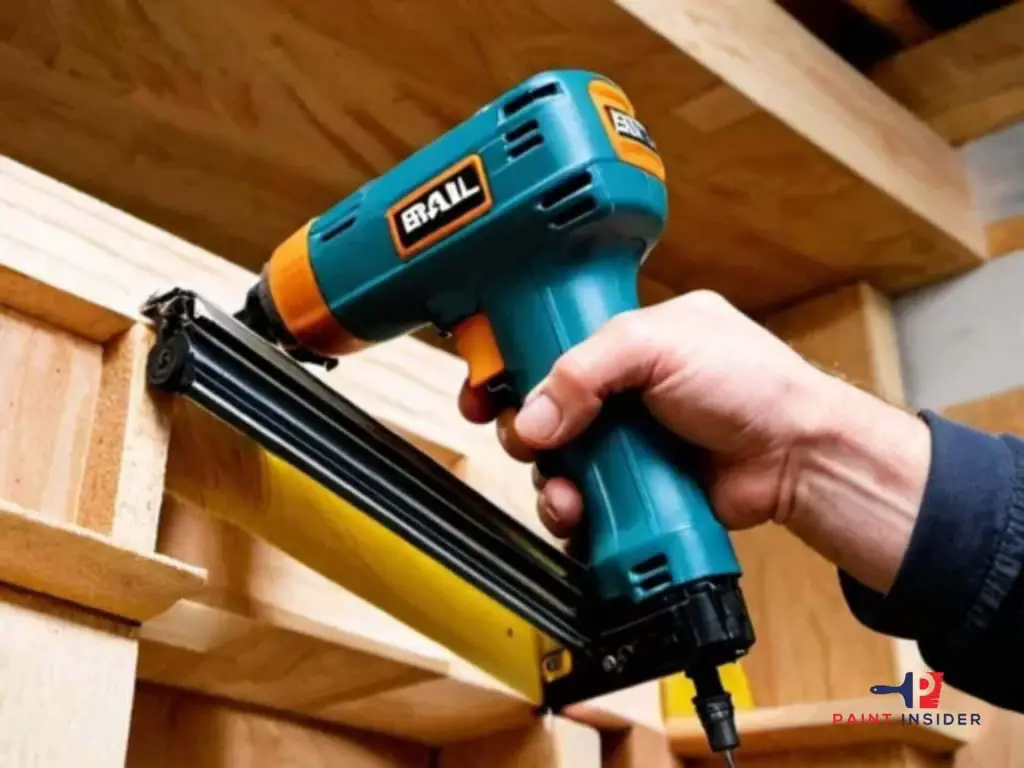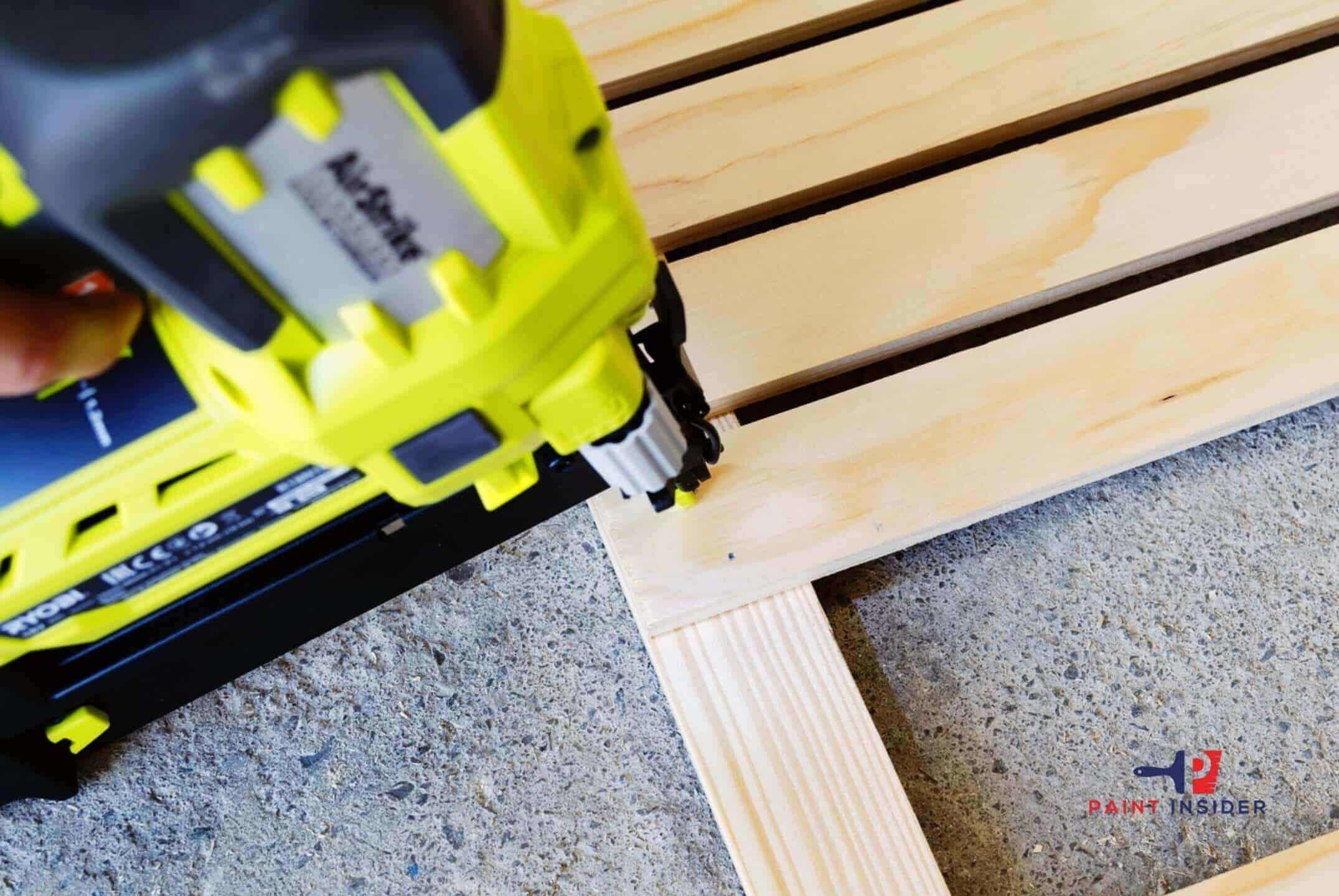In the world of woodworking and construction, tools are not just accessories, they are the very foundation of craftsmanship. Among the myriad of instruments available, one that often stands out for its versatility and efficiency is the brad nailer. Imagine a tool that can effortlessly fasten delicate trim work, assemble furniture with precision, and tackle intricate crafting projects all while minimizing damage to your materials. If this sounds like a dream come true for DIY enthusiasts and professionals alike, then it’s time to explore why every toolbox should include a brad nailer.
The benefits of incorporating a brad nailer into your toolkit extend far beyond mere convenience. With its lightweight design and ability to drive thin nails without leaving large holes or requiring extensive finishing work, this tool offers both speed and finesse. Whether you’re working on detailed moldings or constructing sturdy frames, understanding the uses and advantages of a brad nailer can transform your approach to projects big and small.
What is a Brad Nailer?

A brad nailer is a specialized power tool designed to streamline the process of fastening materials with precision and ease. Unlike conventional hammers or nail guns that typically use larger fasteners, a brad nailer employs thinner, smaller 18-gauge nails known as brads that minimize wood splitting and provide a neat finish. This makes it an invaluable asset in finishing work, cabinetry projects, and any application where aesthetics are paramount.
One of the standout features of the brad nailer is its speed and efficiency. With pneumatic or battery-operated varieties. Users can fire multiple nails in quick succession without the hassle of pre-drilling holes or messy adhesives. Additionally, contemporary designs often incorporate adjustable depth settings and nose pieces that enhance accuracy, allowing for precision placement even in tight spots. For DIY enthusiasts as well as professionals, the versatility offered by a brad nailer transforms labor-intensive tasks into seamless operations for crafting intricate woodworking projects or simple repairs around the home.
Key Features of Brad Nailers
Brad nailers are indispensable tools in any woodworking or carpentry arsenal, marrying precision with efficiency. One standout feature is their ability to drive 18-gauge nails, which strike a balance between strength and minimal visibility perfect for delicate trim work where aesthetics matter. The depth adjustment settings often found in modern brad nailers allow users to finely tune the penetration of each nail, ensuring a flawless finish without the risk of splitting materials.
Another notable aspect is the tool’s lightweight design and ergonomic build. This practicality enhances maneuverability, making it easier to reach into tight spaces or work overhead for extended periods without fatigue. Additionally, many contemporary models incorporate advanced features like jam release machines and sequential firing modes that streamline workflows and ensure safety while operating at high speeds. Investing in a high-quality brad nailer not only saves time but also elevates the quality of craftsmanship through its meticulous execution of tasks typically done by hand.
Common Uses for a Brad Nailer

A brad nailer is an indispensable tool for various woodworking projects, and its versatility stands out in both professional workshops and DIY settings. One of the most common uses is in trim work, where it efficiently secures thin moldings without splitting the wood. This makes it ideal for finishing touches like baseboards, crown molding, and window casings. The precision of a brad nailer ensures a clean finish that can significantly elevate the overall appearance of any room.
Beyond trim and molding applications, brad nailers excel in furniture assembly. They can swiftly join pieces together with minimal visibility of fasteners, making them perfect for crafting lightweight frames or attaching delicate panels to chairs and tables. Additionally, crafters appreciate using brad nailers for intricate projects involving decorative elements like picture frames or wooden signs, allowing for quick assembly while maintaining artistic integrity. Whether you’re a seasoned carpenter or just embarking on your woodworking journey, mastering the use of a brad nailer opens up new avenues for creativity and efficiency in your craft.
Benefits of Using a Brad Nailer
One of the standout benefits of using a brad nailer is its ability to deliver precision and speed without compromising on aesthetics. Unlike traditional nails, which can create unsightly holes or require extensive finishing work, brad nails are thinner and less noticeable. This makes them an optimal choice for delicate projects like trim work or cabinetry, where maintaining visual integrity is crucial. Crafting intricate designs becomes seamless when you can drive fasteners that seem to disappear upon completion.
Additionally, the efficiency offered by a brad nailer cannot be overstated. With pneumatic and electric options available, these tools radically reduce assembly time compared to hammer-and-nail methods. DIY enthusiasts and professionals alike will appreciate how quickly they can complete tasks ranging from furniture assembly to detailed molding installations. The consistent power behind each shot ensures that the nails penetrate effectively into various materials like wood, MDF, even softer metals allowing users to tackle diverse projects with ease and confidence. When combined with careful planning and design considerations, a brad nailer’s versatility empowers creators to bring their visions to life efficiently while upholding high standards of craftsmanship.
Comparing Brad Nailers to Other Tool
When it comes to fastening trim and molding, brad nailers stand out as a preferred choice among professionals and DIY enthusiasts alike. Unlike conventional tools, such as hammer and nails or even staples, brad nailers deliver precision without the risk of splitting delicate materials. The slender diameter of brads allows for sleek fastening that maintains the integrity of fine woodwork while providing ample holding power. This distinction makes the brad nailer indispensable in carpentry projects where aesthetics are paramount.
In contrast to other pneumatic options like finish nailers or staplers, a brad nailer excels in versatility without the bulkiness associated with larger fasteners. While finish nailers can penetrate thicker wood applications, they also leave behind larger holes that require additional touch-ups, an undesirable trait when finesse is required. Additionally, battery-powered brad nailers have surged in popularity due to their portability and ease of use, eliminating the hassle of cords without sacrificing performance. Such advancements enable users to maneuver easily around tight spaces or overhead tasks, showcasing how tightly integrated technology enhances traditional craftsmanship.
Ultimately, choosing between a brad nailer and its alternatives hinges on understanding project requirements: if fine detailing is key or your focus is on quick assembly with minimal visible marks left behind, there’s no question that a brad nailer reigns supreme in today’s toolkit arsenal.
Tips for Choosing the Right Brad Nailer
When selecting a brad nailer, one crucial aspect to consider is the type of power source that best suits your projects. Cordless models offer unparalleled mobility and convenience, making them ideal for jobs where access to power outlets is limited. However, if you’re seeking consistent firing power and longer run times for extensive tasks, pneumatic brad nailers can be more effective due to their reliable air pressure and rapid recovery time. Balancing these factors according to your work environment can significantly enhance your productivity.
Another important consideration is the gauge of nails compatible with the brad nailer. While 18-gauge nails are standard for delicate trim work due to their slender profile minimizing wood splitting some applications may require heavier-duty fasteners. Assessing the materials you typically work with will help determine whether you should invest in a versatile model capable of handling varying gauges. Additionally, features like depth adjustment mechanisms and tool-free jam release capabilities not only streamline operation but also ensure precision and efficiency in every project you undertake. Ultimately, recognizing how each feature aligns with your specific needs will empower you to make an informed decision that enhances both craftsmanship and safety on the job site.
Maintenance and Care for Your Brad Nailer
To ensure your brad nailer operates efficiently and has a long lifespan, routine maintenance is essential. Regularly inspecting your tool for wear and tear can save you from unexpected breakdowns during critical projects. Begin with checking the air filter regularly; a clogged filter can reduce performance and lead to potential failures. Additionally, keeping the nose clean by removing debris will not only enhance precision but also minimize job site accidents.
Lubrication is another key aspect of care that should never be overlooked. Applying lubricant specifically designed for pneumatic tools helps maintain smooth operation and reduces friction, extending the life of internal components. Furthermore, take time to examine the casing seals and O-rings; these parts are crucial in maintaining air pressure. Should you notice any cracking or degradation, it’s best to replace them promptly to prevent air leaks that compromise power efficiency. By integrating these practices into your regular tool regimen, you not only preserve functionality but also position yourself as a conscientious craftsman committed to quality work.
Safety Precautions When Using a Brad Nailer
When working with a brad nailer, the importance of safety precautions cannot be overstated. First and foremost, always wear appropriate personal protective equipment (PPE) including safety glasses and ear protection. The high velocity at which brads are driven into materials can pose a risk not just to your hands, but to your eyes as well as flying debris could lead to serious injury. Additionally, ensure that you operate in a well-ventilated area to avoid inhaling any dust particles or fumes generated from the materials you are nailing.
Another critical aspect is understanding your tool’s mechanics before execution. Always read the manufacturer’s manual to familiarize yourself with specific features and safety tips unique to that model. Make it a habit to keep your fingers clear of the firing zone; many accidents occur simply because users neglect this fundamental guideline. Furthermore, routinely inspect your brad nailer for defects or malfunctions; issues like misfires may not only disrupt your workflow but also extend the danger posed during use. Implementing these practices will not only improve your confidence while working but also ensure a safer environment for everyone involved in any project at hand.
Conclusion: Invest in a Quality Brad Nailer
Investing in a quality brad nailer transcends mere convenience; it is a commitment to craftsmanship and project longevity. A high-performing brad nailer not only enhances the precision of your work but also minimizes the risk of damaging delicate materials. By choosing a reputable brand, you gain access to advanced features such as adjustable air pressure and depth settings that can elevate your finishing touches, allowing for impeccable results that truly stand out.
Moreover, consider the long-term benefits: durable tools often provide better warranty options and customer support, ensuring you have assistance readily available should challenges arise. Your choice will ripple through future projects maximizing efficiency while reducing fatigue helps maintain enthusiasm throughout even the most labor-intensive tasks. Ultimately, investing wisely in a quality brad nailer fortifies both your toolkit and your professional reputation, establishing standards that will impress clients and elevate personal satisfaction with every completed job.

